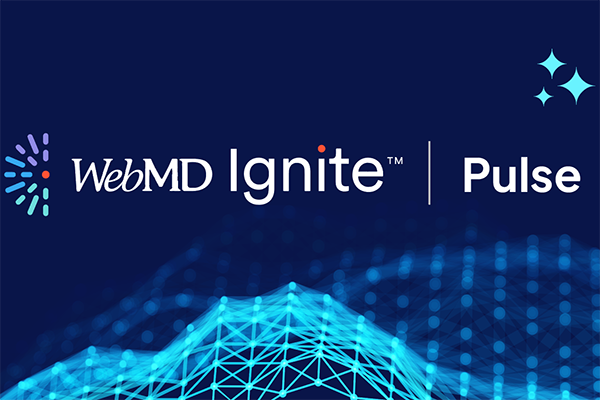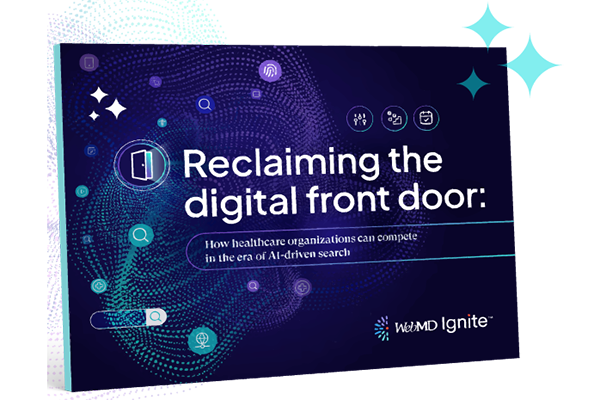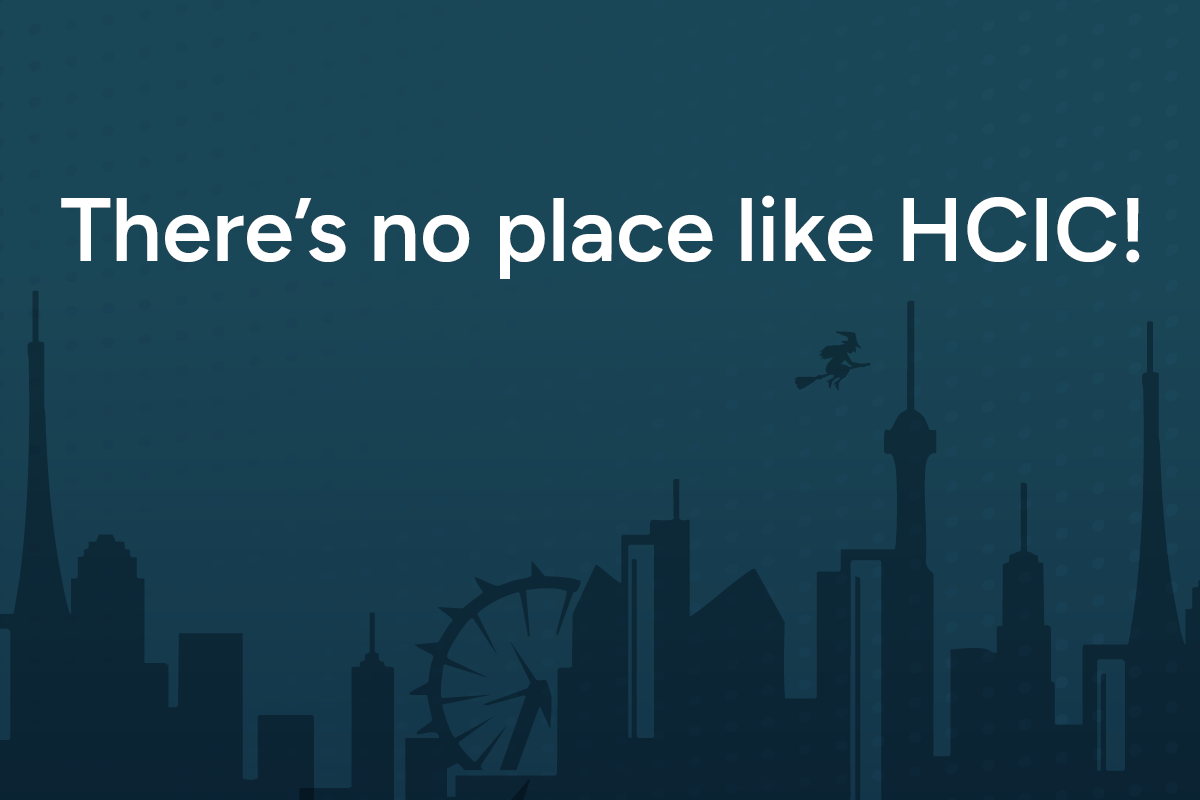Pulse
Turnkey healthcare optimization designed to maximize ROI in a dynamic landscape.
Agency Services
Reach the right audiences, convert interest into measurable action.
Edge Activation
Attract healthcare consumers online leveraging media providers and custom content. Guaranteed.
Brandsafe Analytics
Continue your high-performance marketing, while supporting patient privacy and HIPAA compliance.
Care Finder
Generate guaranteed leads through enhanced provider profiles and live agents managing patient intake.
Programmatic
Zero-waste media solutions to efficiently target high-quality consumer and HCP audiences.
Choice Awards
Find out how your health system ranks based on the perceptions of patients and providers.
Medscape Media
Bolster brand awareness with display media targeted to the specialists most influential to your organization.
HealthHub
Deploy award-winning, clinically reviewed articles, images, tools, and videos from our trusted health education resources.
HealthAdvisor
Promote early intervention and reduce chronic conditions with personalized health risk assessments.
BrandAlert 360
Maximize reach to your target audience with multichannel messaging via onsite, app, and strategic email channels.
Referral Growth Targeting
Reach high-value providers for increased referrals to specialty providers and crucial service lines.
Ignite Growth Platform
Transform healthcare data into actionable insights for predictable, repeatable growth.
Digital Experience Engine
Deliver a premier healthcare website experience using Ignite’s intuitive, code-free content platform.
Referral Growth Analytics
Identify your top service opportunities to improve referral patterns and reduce out-of-network leakage.
HealthClips
Deliver video education guiding patients from diagnosis through treatment, discharge, and recovery.
HealthPrints
Our comprehensive print education collection with more than 500 titles covering 20 therapeutic areas.
HealthInteractive
Interactive AI-powered assistants guide patients and members through WebMD Ignite content.
Content Standards
All 25,000+ health education pieces meet rigorous standards ensuring accuracy and accessibility.
Integrated for CRM
Incorporate patient education directly into your Salesforce CRM for easy delivery and tracking.
Integrated for EHR
Distribute patient education directly through your Epic, Oracle/Cerner, Meditech, or other EHRs.
Ignite on FHIR
Reach patients with relevant education directly in their Epic EHR portal with Ignite on FHIR.
Ignite on Demand
Put patient education directly into your workflow, support regulatory requirements, and drive clinical efficiency.
Coach
Enhance care workflows with evidence-based education and tailored resources improving member outcomes.
Direct to Patient Automated Education
Automate timely educational outreach within the health journey through SMS/text capabilities.
Health systems
Enhance efficiency, engage patients, and gain insights to strengthen brand performance enterprise-wide.
Health plans
Attract and retain members while improving engagement and outcomes to increase satisfaction.
Health associations
Grow membership and strengthen brand through consistent messaging for diverse audiences and initiatives.
Government
Optimize engagement, outcomes, and costs, increasing satisfaction for military, veterans, at-risk populations.
Healthcare organizations
We support diverse providers improving brand strength, patient engagement, efficiency, cost reduction, and growth.
Health marketing agencies
Turn client goals into measurable wins your clients can see.
Marketing Leaders
We empower marketing leaders with data-driven strategies delivering measurable healthcare growth.
Clinical Leaders
We equip clinical leaders with health content and data-driven insights improving care continuity and outcomes.
IT Leaders
We enhance interoperability, reducing manual effort while powering enterprise growth.
Finance/C-Suite Leaders
We equip finance leaders with ROI insights maximizing spend, driving growth.
Success Stories
Reach the right audiences, convert interest into measurable action
Help Center
Get instant answers, expert support, and resources to maximize your success with our solutions.

© 2025 WebMD Ignite | Privacy Policy | Cookie Policy | Do not Sell or Share My Personal Information | Manage Preferences ![]()



